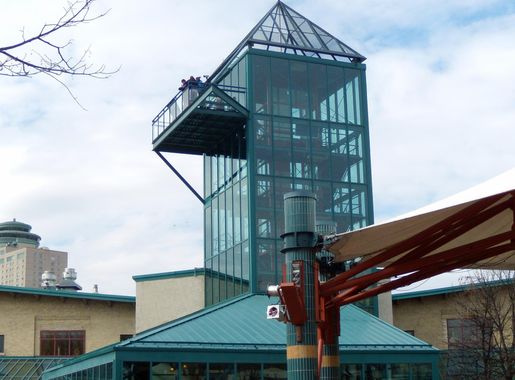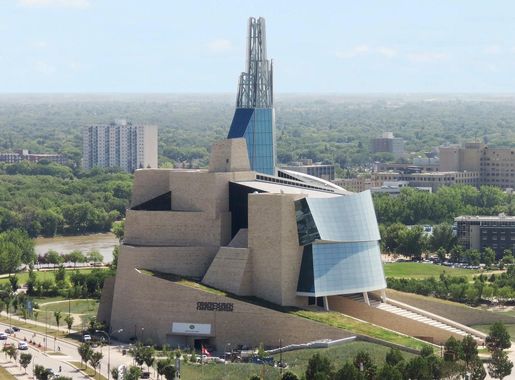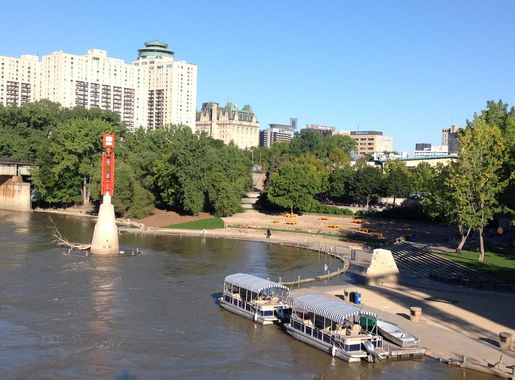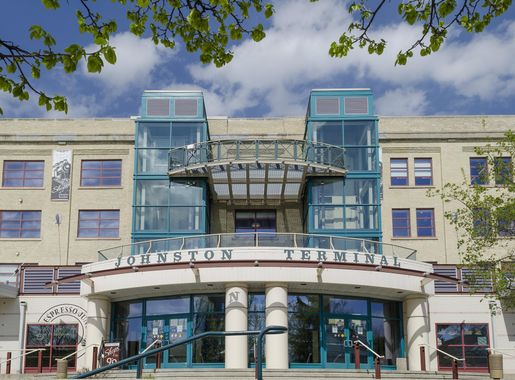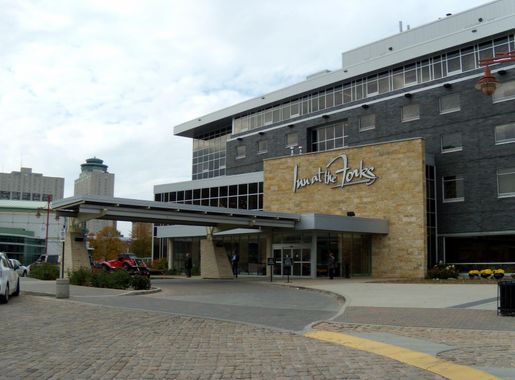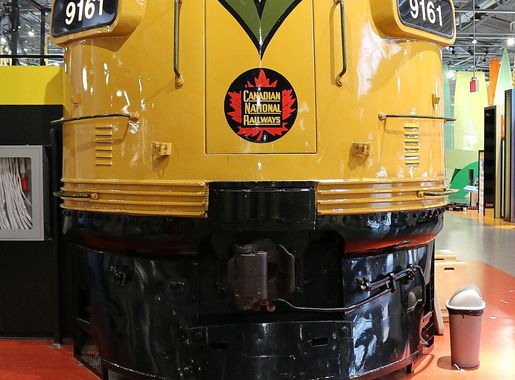
The Forks: Where History Meets Modern Charm in Winnipeg
Discover The Forks in Winnipeg, where history, culture, and modern attractions converge along the scenic riverside.
The Forks, nestled at the confluence of the Red and Assiniboine Rivers, is Winnipeg's premier destination for tourists seeking a blend of history, culture, and modern attractions. This vibrant neighbourhood offers an enchanting mix of old and new, making it a must-visit spot for anyone exploring Manitoba's capital city. From its origins as a traditional meeting place for indigenous peoples thousands of years ago, The Forks has evolved into a bustling hub of activity. Visitors can immerse themselves in the rich history at The Forks National Historic Site, which showcases the area's archaeological significance and its role in Canada's fur trade era. The informative exhibits and guided tours offer a fascinating glimpse into the past. For those looking to indulge in contemporary pleasures, The Forks Market is a dynamic space filled with artisanal shops, gourmet food stalls, and unique boutiques. Savor local delicacies, pick up handcrafted souvenirs, and enjoy live performances from local artists. The surrounding parklands and riverwalks provide picturesque settings for leisurely strolls, cycling, or simply relaxing by the water. Winter transforms The Forks into a magical wonderland, with the Red River Mutual Trail offering one of the world's longest naturally frozen skating trails. During the warmer months, the neighbourhood buzzes with outdoor festivals, concerts, and events that celebrate Winnipeg's diverse cultural heritage. Whether you're a history buff, foodie, or outdoor enthusiast, The Forks promises an unforgettable experience.
Local tips in The Forks
- Visit early in the morning to avoid crowds, especially during weekends and holidays.
- Rent a bike or bring your own to explore the extensive network of trails.
- Check the schedule for outdoor events and festivals to make the most of your visit.
- Dress in layers during winter to stay warm while enjoying outdoor activities.
- Try the local cuisine at The Forks Market; the food stalls offer a diverse range of delicious options.
The Forks: Where History Meets Modern Charm in Winnipeg
The Forks, nestled at the confluence of the Red and Assiniboine Rivers, is Winnipeg's premier destination for tourists seeking a blend of history, culture, and modern attractions. This vibrant neighbourhood offers an enchanting mix of old and new, making it a must-visit spot for anyone exploring Manitoba's capital city. From its origins as a traditional meeting place for indigenous peoples thousands of years ago, The Forks has evolved into a bustling hub of activity. Visitors can immerse themselves in the rich history at The Forks National Historic Site, which showcases the area's archaeological significance and its role in Canada's fur trade era. The informative exhibits and guided tours offer a fascinating glimpse into the past. For those looking to indulge in contemporary pleasures, The Forks Market is a dynamic space filled with artisanal shops, gourmet food stalls, and unique boutiques. Savor local delicacies, pick up handcrafted souvenirs, and enjoy live performances from local artists. The surrounding parklands and riverwalks provide picturesque settings for leisurely strolls, cycling, or simply relaxing by the water. Winter transforms The Forks into a magical wonderland, with the Red River Mutual Trail offering one of the world's longest naturally frozen skating trails. During the warmer months, the neighbourhood buzzes with outdoor festivals, concerts, and events that celebrate Winnipeg's diverse cultural heritage. Whether you're a history buff, foodie, or outdoor enthusiast, The Forks promises an unforgettable experience.
Iconic landmarks you can’t miss
The Forks Market
Experience the heart of Winnipeg at The Forks Market, where shopping, dining, and culture come together in a lively and historic setting.
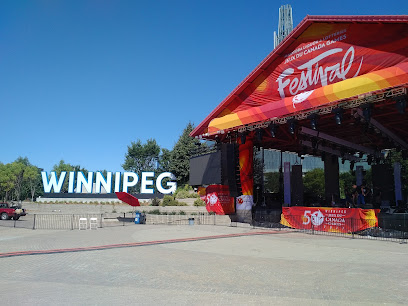
The Forks National Historic Site
Explore the vibrant history and culture at The Forks National Historic Site in Winnipeg, where nature meets heritage in a beautiful riverside setting.

Winnipeg Sign
Discover the vibrant Winnipeg Sign at The Forks, a cultural icon that embodies the spirit of this charming Canadian city.
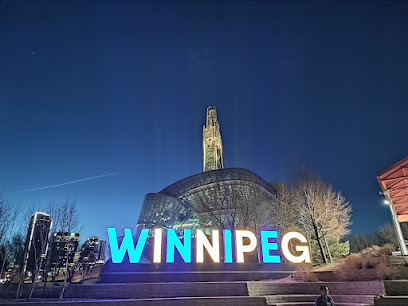
The Forks Historic Port
Explore the vibrant history and culture at The Forks Historic Port, Winnipeg's premier destination for shopping, dining, and scenic river views.
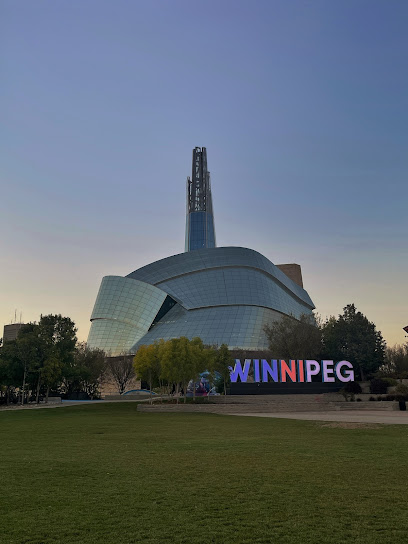
The Forks National Historic Amphitheatre
Experience the vibrant culture and rich history at The Forks National Historic Amphitheatre in Winnipeg, a must-visit for all travelers.

Peace Meeting Site
Discover the Peace Meeting Site in Winnipeg: A historical landmark that embodies the spirit of peace and reconciliation amidst stunning natural beauty.
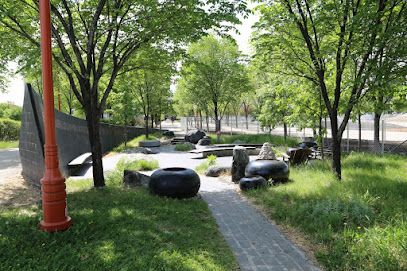
The Forks Market view point
Discover the breathtaking views and rich history at The Forks Market viewpoint, a cultural gem in the heart of Winnipeg.
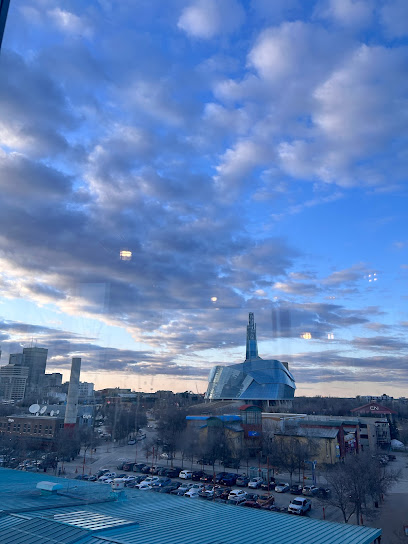
The Meeting Place
Discover Winnipeg's rich heritage at The Meeting Place, a historical landmark where culture and community thrive in the heart of The Forks.

The Forks Market Tower
Explore the rich history and vibrant culture at The Forks Market Tower, Winnipeg's scenic hub for shopping, dining, and breathtaking views.

Path of Time
Explore the Path of Time in Winnipeg, a captivating sculpture that weaves history and art into a beautiful narrative at The Forks.
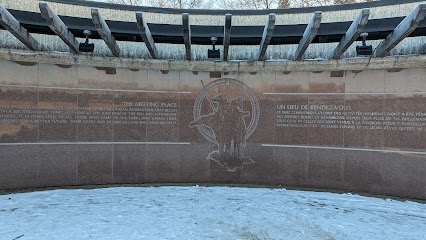
Unmissable attractions to see
Manitoba Museum
Explore the Manitoba Museum in Winnipeg, where natural history and cultural heritage come alive through engaging exhibits and interactive experiences.
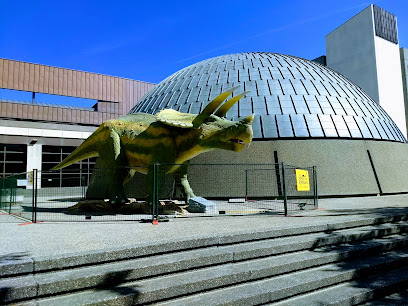
The Forks Market view point
Discover the scenic beauty and historical significance of The Forks Market viewpoint in Winnipeg, a perfect blend of nature, culture, and local charm.
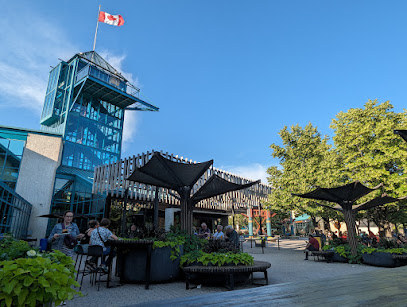
The Forks Market Tower
Discover the scenic beauty and cultural richness of The Forks Market Tower, an iconic destination in Winnipeg that offers stunning views and vibrant local experiences.
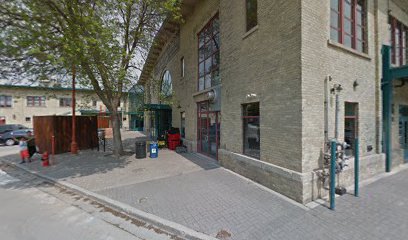
Essential places to dine
The Old Spaghetti Factory (Winnipeg)
Experience the heart of Italy at The Old Spaghetti Factory in Winnipeg – where every meal is a celebration of flavor and tradition.
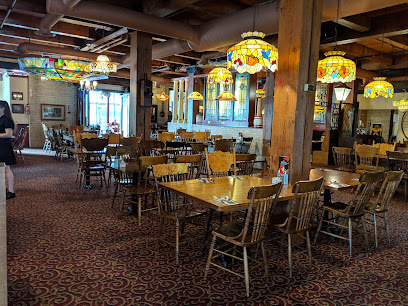
SMITH Restaurant
Discover exceptional modern Canadian cuisine at SMITH Restaurant in Winnipeg's vibrant Forks Market area.
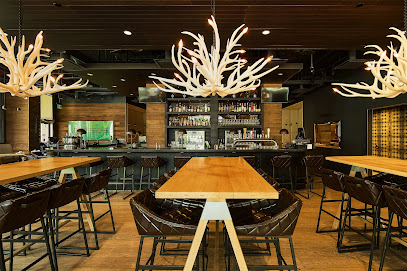
Fergies Fish N Chips
Discover Fergies Fish N Chips in Winnipeg – where fresh seafood meets casual dining in a delightful atmosphere.
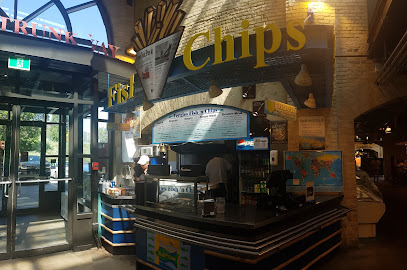
Nuburger
Discover gourmet burgers made with local ingredients at Nuburger in downtown Winnipeg - a must-try destination for burger enthusiasts.
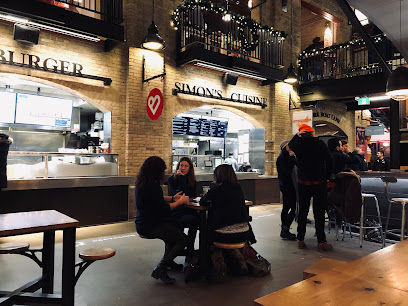
Taste of Sri Lanka Restaurant
Discover authentic Sri Lankan cuisine at Taste of Sri Lanka Restaurant in Winnipeg – a culinary gem offering vibrant flavors and warm hospitality.
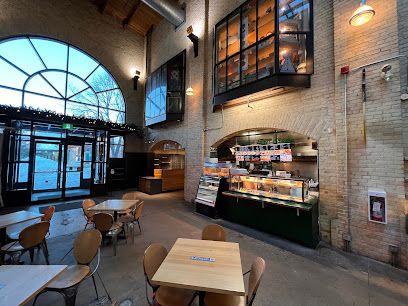
Red Ember Common
Discover Red Ember Common: A delightful pizza restaurant in Winnipeg offering artisan flavors and a welcoming atmosphere.
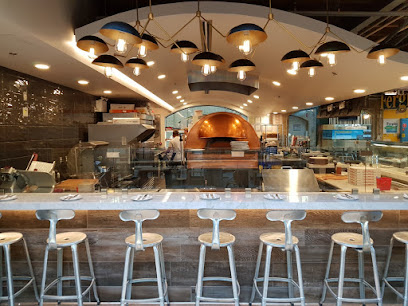
Habanero Sombrero
Savor authentic Mexican cuisine at Habanero Sombrero in Winnipeg's vibrant Forks Market area.
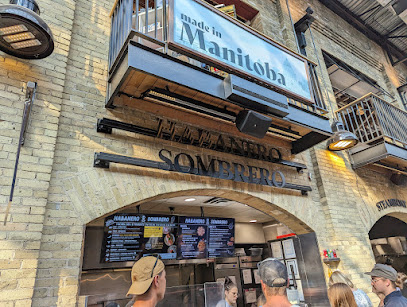
ERA Bistro
Experience local flavors at ERA Bistro inside the iconic Canadian Museum for Human Rights in Winnipeg – where culinary excellence meets cultural significance.
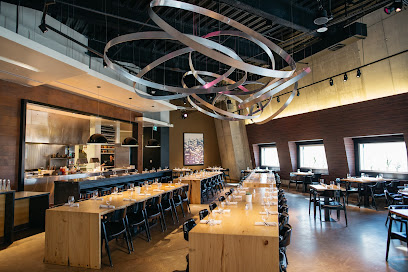
Zorba's Greek + Italian
Experience authentic Greek and Italian cuisine at Zorba's in Winnipeg's vibrant Forks Market area.
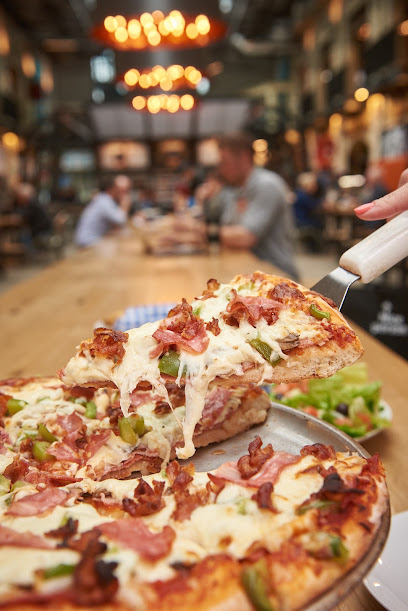
The forks
Discover the heart of Winnipeg at The Forks: where culture meets cuisine in an unforgettable riverside setting.
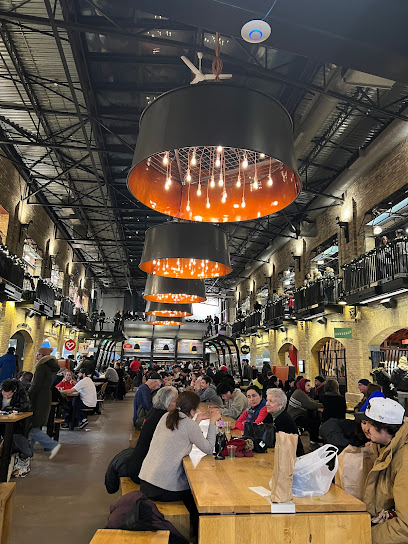
Markets, malls and hidden boutiques
Johnston Terminal
Explore the vibrant shopping and dining scene at Johnston Terminal, Winnipeg's historic marketplace featuring local artisans and unique finds.
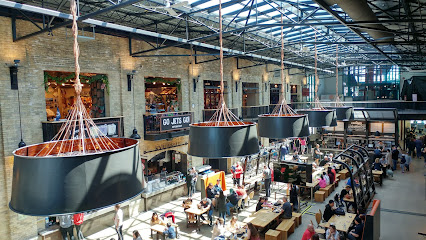
Johnston Terminal Antique Mall
Explore the Johnston Terminal Antique Mall in Winnipeg for a treasure trove of vintage finds and a unique shopping experience.
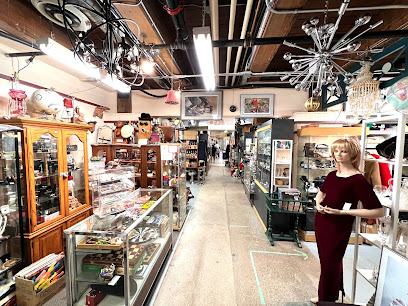
Forks Trading Company
Discover unique gifts and local treasures at Forks Trading Company in downtown Winnipeg, where every item tells a story.
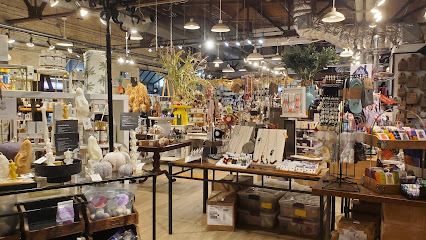
Teekca's Aboriginal Boutique
Explore the unique artistry and cultural heritage of Indigenous peoples at Teekca's Aboriginal Boutique in Winnipeg, a treasure trove of authentic gifts.
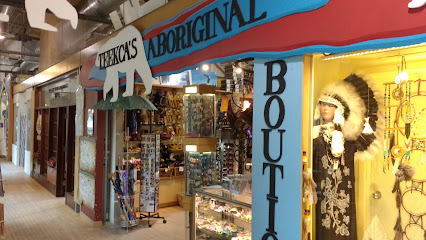
Two Rivers
Explore Two Rivers Gift Shop in Winnipeg for unique local crafts and souvenirs that celebrate the spirit of Manitoba.
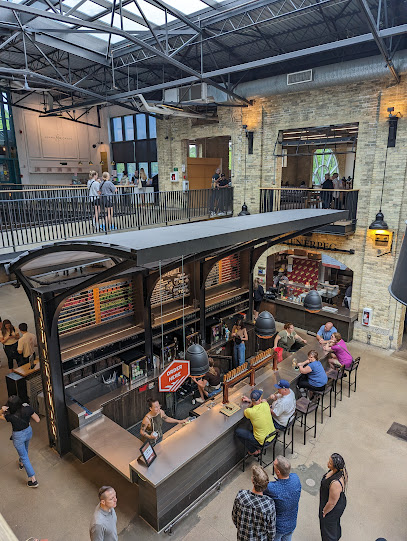
Cassiopeia
Explore Cassiopeia, Winnipeg's boutique haven for unique clothing and exquisite jewelry, celebrating local craftsmanship and style.
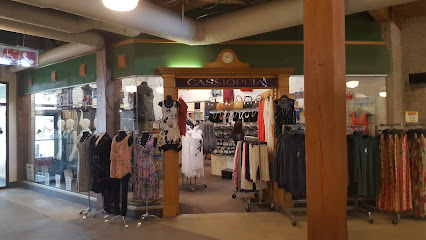
Mandarin International
Discover the essence of Chinese culture at Mandarin International, Winnipeg's delightful gift shop filled with unique treasures and authentic souvenirs.
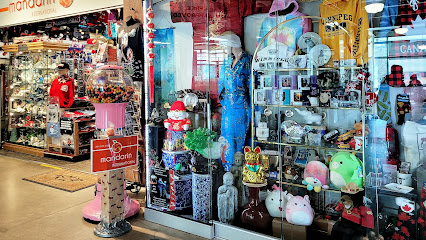
S Furs Imports
Explore S Furs Imports in Winnipeg for unique gifts and authentic local craftsmanship that perfectly capture the essence of Manitoba.
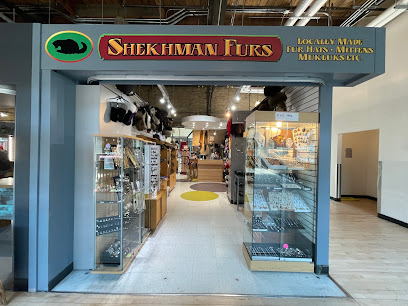
Debbie’s Vintage
Explore the enchanting world of vintage fashion at Debbie’s Vintage, where timeless treasures await in Winnipeg's historic Johnston Terminal.
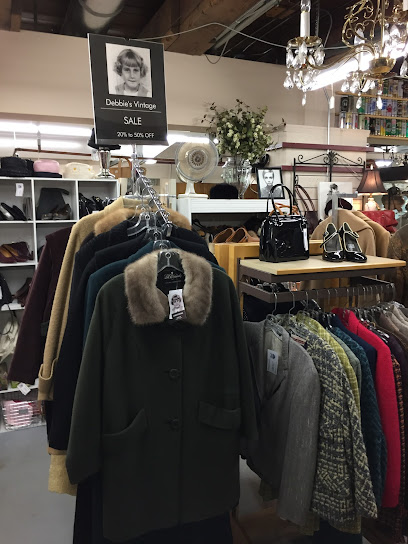
Sheila's Vintage
Explore Sheila's Vintage in Winnipeg for an unforgettable shopping experience filled with unique vintage clothing, accessories, and home goods.
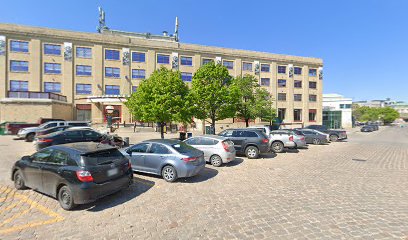
Essential bars & hidden hideouts
The Old Spaghetti Factory (Winnipeg)
Experience authentic Italian flavors at The Old Spaghetti Factory in Winnipeg, where family dining meets a warm, inviting atmosphere.

Inn at the Forks
Discover the perfect blend of comfort and indulgence at Inn at the Forks, Winnipeg's premier hotel, restaurant, and spa experience.

SMITH Restaurant
Experience the essence of modern Canadian cuisine at SMITH Restaurant in Winnipeg, where local flavors meet innovative dining.

Johnny G's Restaurant & Bar
Discover Winnipeg's culinary gem at Johnny G's Restaurant & Bar, where delicious food meets a vibrant atmosphere for an unforgettable dining experience.

Fergies Fish N Chips
Discover the best fish and chips in Winnipeg at Fergies Fish N Chips, a local favorite for seafood lovers seeking quality and flavor.
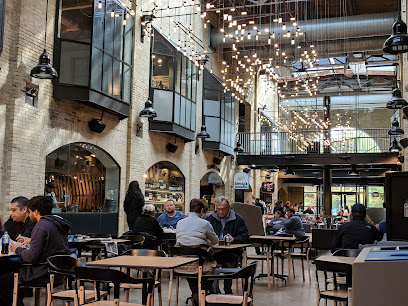
The Common
Experience the lively atmosphere and diverse craft beers of The Common, a must-visit bar in the heart of Winnipeg's Forks Market.
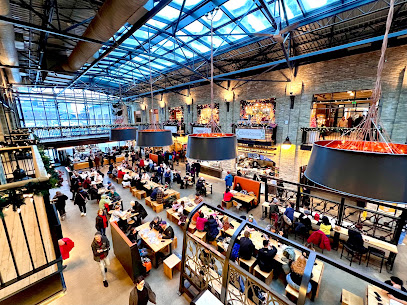
Nuburger
Discover Nuburger in Winnipeg, where gourmet burgers meet local flavors in a vibrant and welcoming atmosphere.
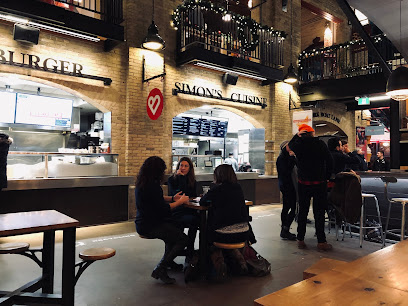
Red Ember Common
Explore the vibrant flavors of Winnipeg at Red Ember Common, where artisanal pizza meets local charm in a cozy downtown restaurant.
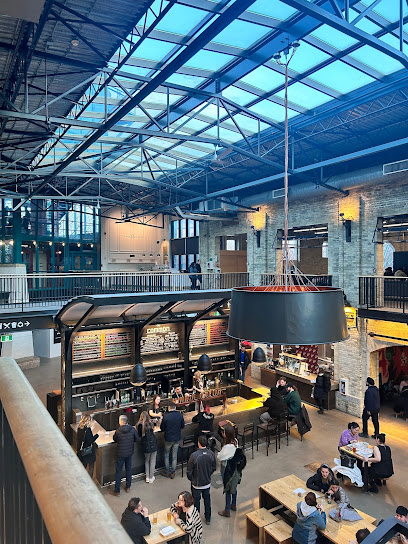
The forks
Discover the cultural and culinary richness at The Forks in Winnipeg, where history meets modern dining and vibrant local experiences.
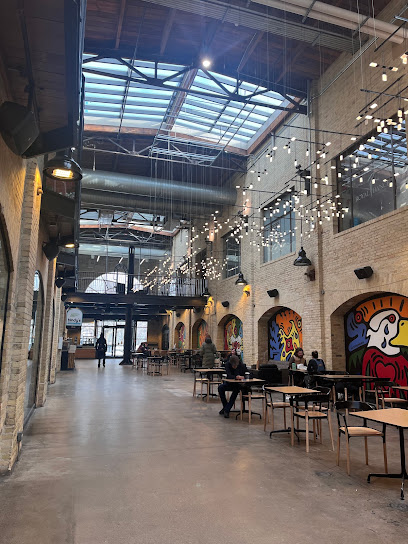
Provencher Lounge
Discover sophistication at Provencher Lounge, a top bar in Winnipeg offering crafted cocktails and local brews in a historic hotel setting.
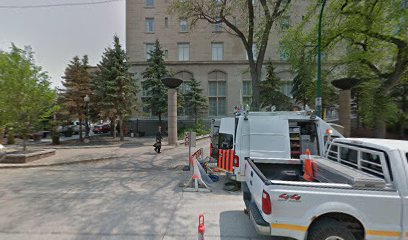
Local Phrases
-
- HelloBonjour
[bon-zhoor] - GoodbyeAu revoir
[oh ruh-vwahr] - YesOui
[wee] - NoNon
[nohn] - Please/You're welcomeS'il vous plaît/De rien
[seel voo pleh/duh ryen] - Thank youMerci
[mehr-see] - Excuse me/SorryExcusez-moi/Désolé
[ex-kew-zay mwah/deh-zoh-lay] - How are you?Comment ça va?
[koh-mohn sah vah] - Fine. And you?Bien. Et toi?
[byen. ay twah] - Do you speak English?Parlez-vous anglais?
[par-lay voo ahn-glay] - I don't understandJe ne comprends pas
[zhuh nuh kohm-prahn pah]
- HelloBonjour
-
- I'd like to see the menu, pleaseJe voudrais voir le menu, s'il vous plaît
[zhuh voo-dray vwar luh meh-noo, seel voo pleh] - I don't eat meatJe ne mange pas de viande
[zhuh nuh mahnj pah duh vee-and] - Cheers!Santé!
[sahn-tay] - I would like to pay, pleaseJe voudrais payer, s'il vous plaît
[zhuh voo-dray pay-ay, seel voo pleh]
- I'd like to see the menu, pleaseJe voudrais voir le menu, s'il vous plaît
-
- Help!Au secours!
[oh suh-kur] - Go away!Allez-vous en!
[al-lay vooz ahn] - Call the Police!Appelez la police!
[ah-peh-lay lah poh-lees] - Call a doctor!Appelez un médecin!
[ah-peh-lay uh may-duh-sahn] - I'm lostJe suis perdu
[zhuh swee pair-doo] - I'm illJe suis malade
[zhuh swee mah-lahd]
- Help!Au secours!
-
- I'd like to buy...Je voudrais acheter...
[zhuh voo-dray zah-shay] - I'm just lookingJe regarde juste
[zhuh ruh-gard zhewst] - How much is it?Combien ça coûte?
[kohm-byen sah koot] - That's too expensiveC'est trop cher
[say troh sher] - Can you lower the price?Pouvez-vous baisser le prix?
[poo-veh voo bay-say luh pree]
- I'd like to buy...Je voudrais acheter...
-
- What time is it?Quelle heure est-il?
[kell uhr eh-teel] - It's one o'clockIl est une heure
[eel ehz oon uhr] - Half past (10)Dix heures et demie
[dees uhr ay duh-mee] - MorningMatin
[mah-tahn] - AfternoonAprès-midi
[ah-pray-mee-dee] - EveningSoir
[swahr] - YesterdayHier
[ee-yehr] - TodayAujourd'hui
[oh-zhoor-dwee] - TomorrowDemain
[duh-mahn] - 1Un
[uhn] - 2Deux
[duh] - 3Trois
[trwah] - 4Quatre
[kat] - 5Cinq
[sank] - 6Six
[sees] - 7Sept
[set] - 8Huit
[wheat] - 9Neuf
[nuf] - 10Dix
[dees]
- What time is it?Quelle heure est-il?
-
- Where's a/the...?Où se trouve...?
[oo suh troov] - What's the address?Quelle est l'adresse?
[kell eh lah-dress] - Can you show me (on the map)?Pouvez-vous me montrer (sur la carte)?
[poo-veh voo muh mohn-tray (soor lah kart)] - When's the next (bus)?Quand est le prochain (bus)?
[kahn eh luh proh-shahn (bus)] - A ticket (to ....)Un billet (pour ....)
[uhn bee-yay (poor)]
- Where's a/the...?Où se trouve...?
History of The Forks
-
The Forks has been a significant meeting place for Indigenous peoples for thousands of years. It is situated at the confluence of the Assiniboine and Red Rivers, making it an ideal location for trade and gathering. The area is rich in Indigenous history, with archaeological evidence suggesting that it was a hub for the Dakota, Anishinaabe, and other nations long before European contact.
-
In the late 17th century, European explorers, including Pierre Gaultier de Varennes, sieur de La Vérendrye, recognized the strategic importance of The Forks. By the 18th century, it became a bustling center for the fur trade, with the establishment of Fort Gibraltar in 1809 by the North West Company. This fort played a crucial role in the trade dynamics of the region, attracting traders and settlers.
-
The Forks was instrumental in the founding of Winnipeg in 1873. As the city developed, it became a pivotal transportation and trade hub, linking the east and west of Canada. The arrival of the railway in the 1880s further solidified its importance, enabling goods and people to flow freely through the region.
-
In the late 20th century, The Forks underwent significant redevelopment to honor its historical significance while enhancing its role as a cultural and recreational space. The Forks National Historic Site was established in 1990, preserving the area's history. Today, it features diverse attractions, including markets, parks, and art installations, celebrating the rich cultural tapestry of Winnipeg.
-
In contemporary times, The Forks continues to serve as a vital gathering place for the community and visitors alike. It hosts numerous events throughout the year, reflecting the multicultural fabric of Winnipeg. From Indigenous cultural events to arts festivals, The Forks embodies the spirit of collaboration and celebration that characterizes the city.
The Forks Essentials
-
The Forks is centrally located in Winnipeg and is easily accessible from various neighborhoods. From downtown, you can walk or take a short bus ride on Routes 18 or 19. If coming from the airport, taxis and rideshare services are available, and the airport shuttle can drop you off at designated stops near The Forks. You can also take the Winnipeg Transit services that connect different parts of the city to The Forks.
-
The Forks is pedestrian-friendly and encourages walking or cycling. You can rent bicycles from local providers or use public transit. The area is served by Winnipeg Transit, with several bus routes stopping nearby. The Forks has designated pathways for cycling and walking, making it easy to navigate the area and its attractions.
-
The Forks is generally a safe area for tourists, but it's wise to stay vigilant, especially at night. Avoid poorly lit areas and keep an eye on personal belongings in crowded places. Although crime rates are low, areas to be cautious of include the outskirts of downtown Winnipeg, particularly at night. Always trust your instincts and seek help if something feels off.
-
In case of an emergency, dial 911 for immediate assistance. The Forks has several nearby hospitals and medical facilities. It’s advisable to carry a basic first aid kit and have travel insurance that covers emergencies. For minor health issues, you can find pharmacies in and around The Forks.
-
Fashion: Do dress comfortably and casually, suitable for walking. Don't wear overly formal attire unless attending a specific event. Religion: Do respect local customs and any religious sites. Public Transport: Do be courteous to other passengers and offer seats to those in need. Don't engage in loud conversations or noise. Greetings: Do greet locals with a friendly smile and a 'hello.' Don't assume familiarity; keep it polite. Eating & Drinking: Do try local foods at the Forks Market and accept invitations to share meals. Don't litter or consume alcohol in public areas outside designated zones.
-
To experience The Forks like a local, visit the Forks Market for fresh produce and handcrafted goods. Join a guided tour to learn about the area’s rich history and Indigenous culture. Attend local events, such as seasonal festivals, which showcase Winnipeg’s vibrant community spirit. Take time to enjoy the riverwalk and the scenic views of the Assiniboine and Red Rivers. Engage with local artists in the area to learn about their crafts and contributions to the community.
-
When visiting The Forks, it's important to be respectful of the Indigenous heritage of the site. Participate in cultural events and programs offered at The Forks that highlight local traditions and practices. Always ask for permission before taking photos of individuals or performances, and be mindful of sacred spaces.
-
The Forks offers a variety of dining options, ranging from casual eateries to fine dining. Explore the Forks Market for local delicacies and food from diverse cultures. Consider trying classic Canadian dishes such as poutine or Bannock. Reservations may be required for popular restaurants, especially during peak tourist seasons.
Nearby Cities to The Forks
-
Things To Do in Cavalier
-
Things To Do in Grand Forks
-
Things To Do in Devils Lake
-
Things To Do in Fargo
-
Things To Do in Valley City
-
Things To Do in Jamestown
-
Things To Do in Minot
-
Things To Do in Wahpeton
-
Things To Do in Bismarck
-
Things To Do in Mandan
-
Things To Do in Ely
-
Things To Do in Duluth
-
Things To Do in Williston
-
Things To Do in Saint Cloud
-
Things To Do in Dickinson

